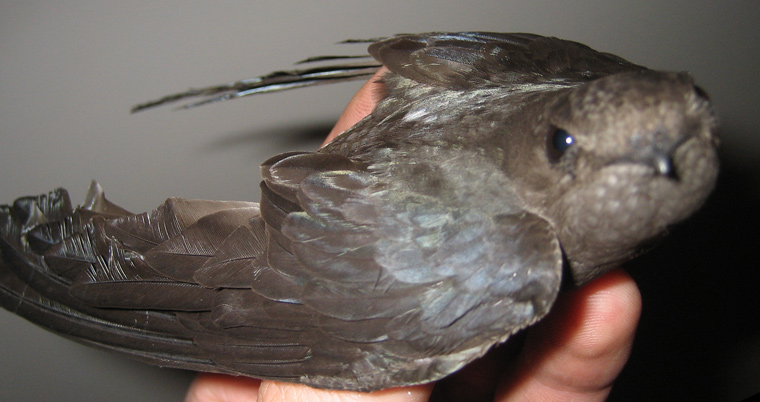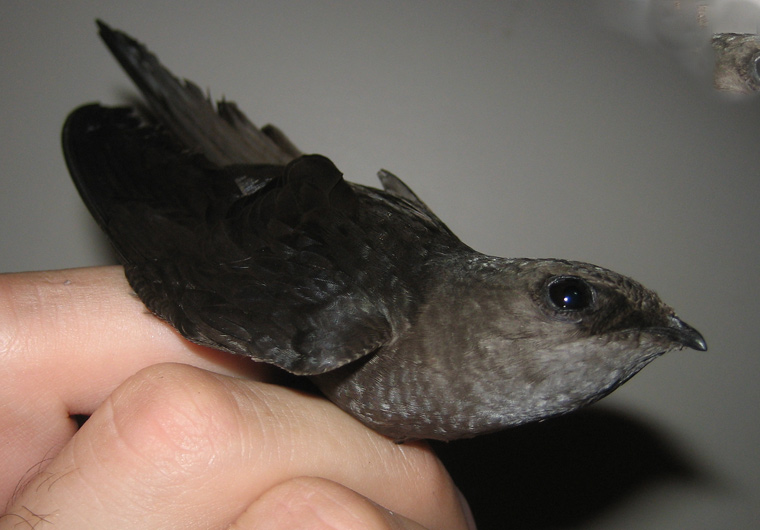-
info@aaanimalcontrol.com
Call us for help in your town
Humane Wildlife Education
What to do if your Chimney has Chimney Swifts
Need bird removal in your hometown? We service over 500 USA locations! Click here to hire us in your town and check prices - updated for year 2020.
Some may be quite unfamiliar with this bird, but
the chimney Swift is one that can cause
significant problems for you at your home. These
birds, which have a very thin shape, are known to
find their way into the chimney of a person's home
and can be difficult to get out.

Before discussing getting rid of these animals, it
is important to understand that human beings have
been the cause of them making their home inside
your chimney. For generations, these birds lived
in the holes that were found in tree trunks, but
as forests have been cleared to make room for new
housing developments, these birds have needed to
find a new place to reside. Since they were
already adapted to the area where they lived, the
chimney became a logical location to replace their
tree trunk homes. So, before getting too
aggravated about them, understand that people are
responsible for them living in your chimney.
However, that does not mean that this is where you
want them to live. You want to get these animals
as far away from your chimney so you can be able
to enjoy the benefits of having a fireplace, but
as long as these birds are there you will not have
any time to enjoy it.
The problem you face before taking any kind of
action is that these birds are protected under the
Migratory Bird Treaty Act. This means that they
cannot be harmed by you at all, because you face
legal consequences by doing so.
This means you need to seek a different
alternative to get these birds to go away. The
best way is by using their natural instincts
against them. At some point each day, the chimney
Swift will have to head out of your fireplace and
head for a location to hunt. When it does so this
is when you need to spring into action.
What you can do is attach a one-way exclusion
funnel over the top of your chimney. How this
device works is that the bird is able to fly out
through the funnel to the outside world, but a
door closes behind it denying it access back into
the fireplace. Once it is out, your problem is
resolved.
What you need to do next is to place some kind of
screen over the top of your chimney to make it so
that the bird cannot get back in. It may try on a
couple of occasions to try to get back in, but as
long as you have securely fastened the screen it
will have no success. Now you do not have to worry
about the chimney Swift getting into your
fireplace, while also not having to worry about
breaking any laws to get rid of it.
It is now time to freely enjoy the benefits of
your chimney to its fullest without having to
worry about some poor bird ruining your romantic
evening. Sounds fantastic, doesn't it?
What to Do if You Have Chimney Swifts in Your Chimney
Need bird removal in your hometown? We service over 500 USA locations! Click here to hire us in your town and check prices- updated for year 2020.
If you think you might have birds living in your chimney, keep your ears peeled at around dusk. If you want definitive proof that you have this flying problem, dusk is the best time to find out because that is when there is an abundance of insects flying around in the air. It's also the best time to spot any wild animal, especially those in the air, and bats also head out to hunt for food at this time. You can tell the difference between the two by looking at the activity itself. If they are flying out, it's bats heading out for the night. If they are flying in, it's chimney swifts heading in for the night.

These chimney swifts spend almost their entire lives in the air, but when they fly down inside your chimney, it's usually because they have built a nest in there. This can cause you a problem when winter comes, of course, because then you can't light the fire. That's the last thing you'll want to do, because rather than smoking them out, the effect your actions are likely to have, is death.
Can you see the nest of chimney swifts in your chimney? If you've heard them flapping around at dusk, and you think you might have spotted them too, it's time to investigate a little more. If you head on up to the roof and look down the chimney, can you see the nest? If you can, you need a chimney cap to start with. You also need to get the nest out. The chimney swift is a protected species, so this is a job you'll want to get the professionals in for. You can't move the nest, any eggs, or any babies during those breeding seasons, and you're not allowed to trap, touch, or injure the birds either. By law, you'll need to call the professionals in, and you'll want to make sure you're following the advice of professional
As well as being protected under the Migratory Bird Treaty Act, chimney swifts are very beneficial to us because they eat so many insects. These are insects that would usually destroy crops and gardens, causing havoc for humans. It is unlawful and often inhumane to try and approach the removal of these birds. In some cases, animal control services may even lend a hand or equipment to ensure the job is done properly.
For more information, you may want to
click on one of these guides that I wrote:
How much
does bird removal cost? - get the lowdown on
prices.
How
to get rid of birds - my main bird removal
info guide.
Example
bird removal photographs - get
do-it-yourself ideas.
Bird
job blog - learn from great examples of bird
jobs I've done.


















